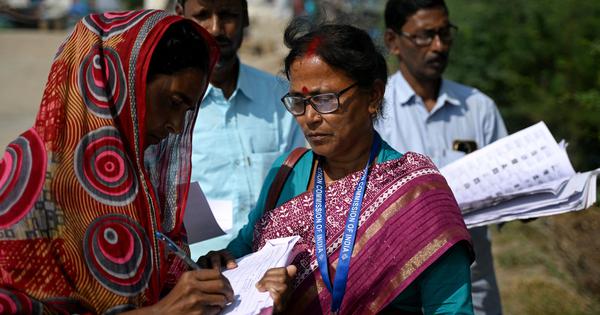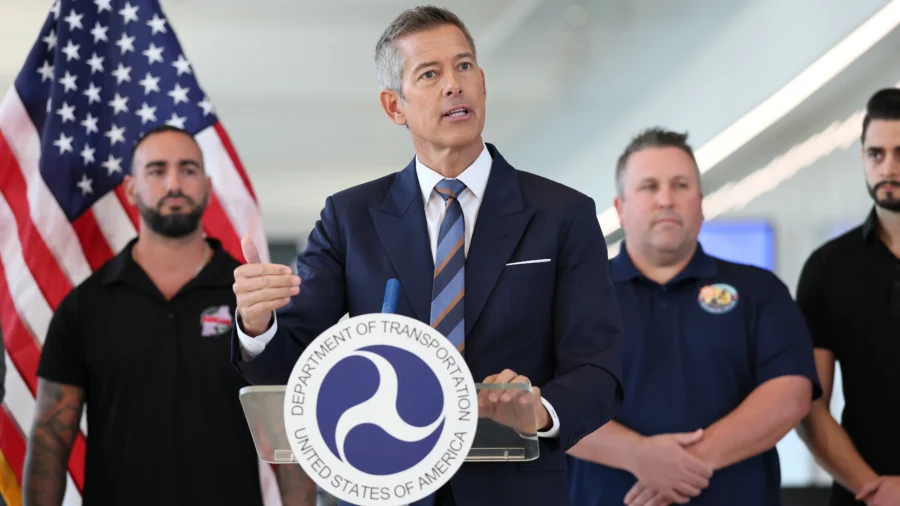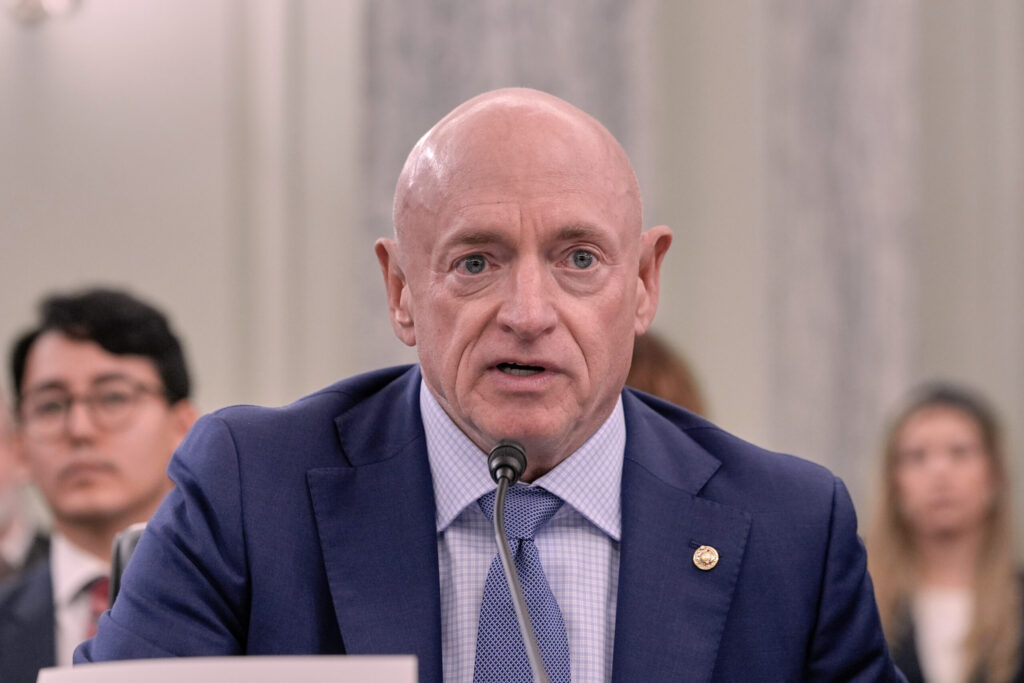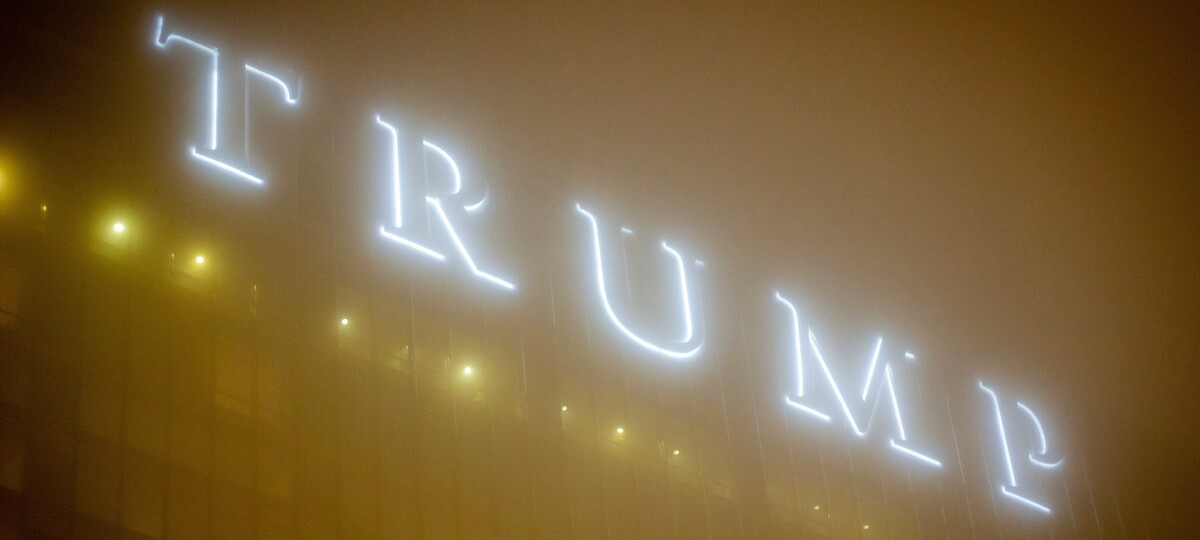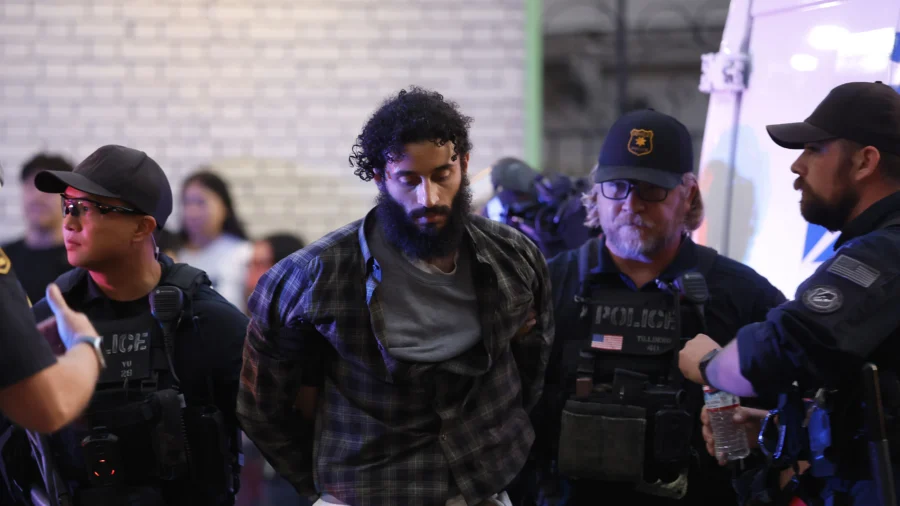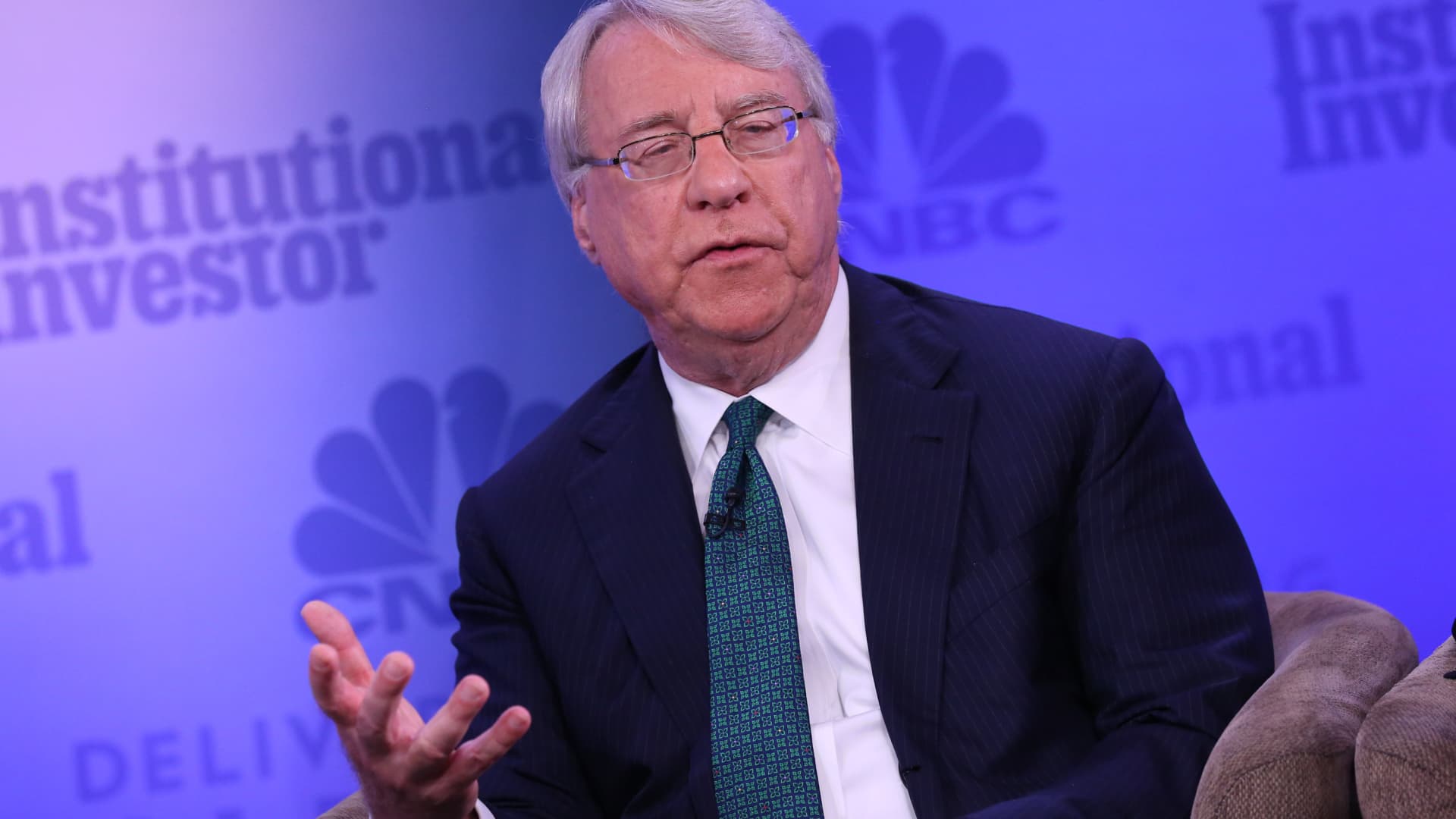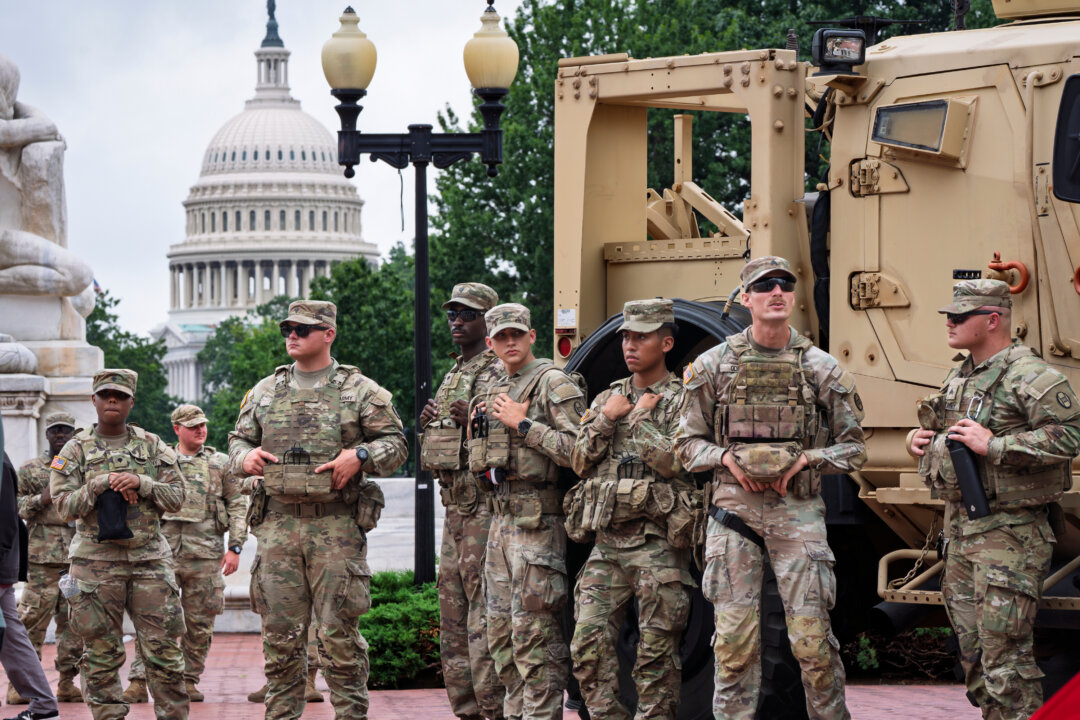‘Ram is not just a deity but a value system’: PM Modi hails Ram Mandir as a symbol of India’s civilisational revival. Read 7 key takeaways from his speech at Dhwajarohan ceremony
PM Modi’s address in Ayodhya during the historic Dhwajarohan ceremony at the Shri Ram Janmabhoomi Temple was not just a ceremonial speech; it was a powerful articulation of civilisational memory, national resolve, and India’s spiritual self-confidence. “Today, the city of Ayodhya is bearing witness to yet another pinnacle of India’s cultural consciousness. Today, all of India and the entire world are filled with the presence of Ram. In the heart of every devotee of Rama, there is unparalleled satisfaction, boundless gratitude, immense, otherworldly joy,” PM Modi said in his address. Through a series of symbolic references and emotive appeals, Modi framed the moment as a turning point in India’s cultural and moral journey. Here are 7 key takeaways from PM Modi’s historic speech from the Dhwajarohan ceremony at the Ram Mandir: Healing of historical wounds A central theme of the Prime Minister’s speech was the idea of civilisational healing. Modi repeatedly underscored that “wounds and pain of centuries are healing today,” describing the hoisting of the dharma flag as the fulfilment of a 500-year-long resolve. The Ram Temple, in his framing, is not merely a structure of worship but the closure of a historical chapter marked by struggle, patience, and faith. The dharma flag as a civilisational symbol Modi elevated the saffron dharma flag beyond a ritualistic object, describing it as the banner of India’s civilisational renaissance. He highlighted the symbolism embedded in it, the saffron colour, the legacy of the Suryavansh, the sacred “Om”, and the Kovidar tree, presenting the flag as a representation of Ram Rajya’s ideals and India’s cultural resurgence. Hailing it as a completion of a centuries-long yajna, PM Modi said, “The Dhwajarohan is the culmination of the sacred flame that burned for 500 years without wavering in faith or devotion. The divine energy of Lord Shri Ram now stands enshrined in the form of this dharma-dhwaj at the grand temple. This flag is not merely a symbol, it represents the resurgence of Indian civilisation.” आज उस यज्ञ की पूर्णाहुति है, जिसकी अग्नि 500 वर्ष तक प्रज्वलित रही।जो यज्ञ एक पल भी आस्था से डिगा नहीं, एक पल भी विश्वास से टूटा नहीं।ये धर्म ध्वजा केवल एक ध्वजा नहीं, ये भारतीय सभ्यता के पुनर्जागरण का ध्वज है।इसका भगवा रंग, इस पर रचित सूर्यवंश की ख्याति, वर्णित ॐ शब्द और… pic.twitter.com/uzf57vhEv0— BJP (@BJP4India) November 25, 2025 Ram as a value system, not just a deity Perhaps the most politically and philosophically significant message was Modi’s assertion that “Ram is not just a person, Ram is a value.” He linked the moral framework of Lord Ram to India’s contemporary national goals, stating that for India to become a developed nation by 2047, citizens must “awaken the Ram within themselves.” “Ram is not merely a historical or divine figure, but a living principle and a guiding value system. If India truly wants to emerge as a developed nation by 2047, every citizen must internalise and awaken the ideals of Ram within themselves, and no occasion could be more appropriate than the present moment to take such a collective resolve,” PM Modi proclaimed. राम मंदिर का ये दिव्य प्रांगण भारत के सामुहिक सामर्थ्य की भी चेतना स्थली बन रहा है।यहां सप्त मंदिर बने हैं। यहां माता शबरी का मंदिर बना है, जो जनजातीय समाज के प्रेमभाव और आतिथ्य की प्रतिमूर्ति है।यहां निषादराज का मंदिर बना है, ये उस मित्रता का साक्षी है, जो साधन नहीं, साध्य… pic.twitter.com/5GBEjKuNdm— BJP (@BJP4India) November 25, 2025 Ayodhya as the moral compass of India Modi portrayed Ayodhya as more than a pilgrimage city; it was described as the land where ideals transform into conduct. He traced Ram’s journey from prince to Maryada Purushottam, using it as a metaphor for how a society rooted in values can elevate individuals into exemplars of ethical living. Ayodhya, in this narrative, becomes the spiritual capital of India’s moral imagination. “Ayodhya is a sacred land where lofty ideals are reflected in everyday conduct. It is the city from where Lord Shri Ram began His life’s journey, setting an example for the world of how an individual, guided by social harmony and deeply rooted values, can rise to the highest standards of righteousness,” PM Modi said. He further said, “When Shri Ram departed from Ayodhya, He did so as a prince, but when He returned, He was no longer just royalty, He had become the embodiment of moral excellence, revered as Maryada Purushottam.” Call for social harmony, not division Contrary to critics who often view the Ram Temple through a political lens, Modi emphasised unity over division. He stressed that “Ram unites through emotion, not division,” and that devotion, not lineage, is what matters. His appeal to visit the Sapt Mandapam, which symbolises faith, friendship, duty, and social harmony, was aimed at grounding the movement in ethical and social cohesion rather than triumphalism. Congratulating devotees and labourers w



PM Modi’s address in Ayodhya during the historic Dhwajarohan ceremony at the Shri Ram Janmabhoomi Temple was not just a ceremonial speech; it was a powerful articulation of civilisational memory, national resolve, and India’s spiritual self-confidence.
“Today, the city of Ayodhya is bearing witness to yet another pinnacle of India’s cultural consciousness. Today, all of India and the entire world are filled with the presence of Ram. In the heart of every devotee of Rama, there is unparalleled satisfaction, boundless gratitude, immense, otherworldly joy,” PM Modi said in his address.
Through a series of symbolic references and emotive appeals, Modi framed the moment as a turning point in India’s cultural and moral journey.
Here are 7 key takeaways from PM Modi’s historic speech from the Dhwajarohan ceremony at the Ram Mandir:
Healing of historical wounds
A central theme of the Prime Minister’s speech was the idea of civilisational healing. Modi repeatedly underscored that “wounds and pain of centuries are healing today,” describing the hoisting of the dharma flag as the fulfilment of a 500-year-long resolve.
The Ram Temple, in his framing, is not merely a structure of worship but the closure of a historical chapter marked by struggle, patience, and faith.
The dharma flag as a civilisational symbol
Modi elevated the saffron dharma flag beyond a ritualistic object, describing it as the banner of India’s civilisational renaissance. He highlighted the symbolism embedded in it, the saffron colour, the legacy of the Suryavansh, the sacred “Om”, and the Kovidar tree, presenting the flag as a representation of Ram Rajya’s ideals and India’s cultural resurgence.
Hailing it as a completion of a centuries-long yajna, PM Modi said, “The Dhwajarohan is the culmination of the sacred flame that burned for 500 years without wavering in faith or devotion. The divine energy of Lord Shri Ram now stands enshrined in the form of this dharma-dhwaj at the grand temple. This flag is not merely a symbol, it represents the resurgence of Indian civilisation.”
आज उस यज्ञ की पूर्णाहुति है, जिसकी अग्नि 500 वर्ष तक प्रज्वलित रही।
— BJP (@BJP4India) November 25, 2025
जो यज्ञ एक पल भी आस्था से डिगा नहीं, एक पल भी विश्वास से टूटा नहीं।
ये धर्म ध्वजा केवल एक ध्वजा नहीं, ये भारतीय सभ्यता के पुनर्जागरण का ध्वज है।
इसका भगवा रंग, इस पर रचित सूर्यवंश की ख्याति, वर्णित ॐ शब्द और… pic.twitter.com/uzf57vhEv0
Ram as a value system, not just a deity
Perhaps the most politically and philosophically significant message was Modi’s assertion that “Ram is not just a person, Ram is a value.” He linked the moral framework of Lord Ram to India’s contemporary national goals, stating that for India to become a developed nation by 2047, citizens must “awaken the Ram within themselves.”
“Ram is not merely a historical or divine figure, but a living principle and a guiding value system. If India truly wants to emerge as a developed nation by 2047, every citizen must internalise and awaken the ideals of Ram within themselves, and no occasion could be more appropriate than the present moment to take such a collective resolve,” PM Modi proclaimed.
राम मंदिर का ये दिव्य प्रांगण भारत के सामुहिक सामर्थ्य की भी चेतना स्थली बन रहा है।
— BJP (@BJP4India) November 25, 2025
यहां सप्त मंदिर बने हैं। यहां माता शबरी का मंदिर बना है, जो जनजातीय समाज के प्रेमभाव और आतिथ्य की प्रतिमूर्ति है।
यहां निषादराज का मंदिर बना है, ये उस मित्रता का साक्षी है, जो साधन नहीं, साध्य… pic.twitter.com/5GBEjKuNdm
Ayodhya as the moral compass of India
Modi portrayed Ayodhya as more than a pilgrimage city; it was described as the land where ideals transform into conduct. He traced Ram’s journey from prince to Maryada Purushottam, using it as a metaphor for how a society rooted in values can elevate individuals into exemplars of ethical living. Ayodhya, in this narrative, becomes the spiritual capital of India’s moral imagination.
“Ayodhya is a sacred land where lofty ideals are reflected in everyday conduct. It is the city from where Lord Shri Ram began His life’s journey, setting an example for the world of how an individual, guided by social harmony and deeply rooted values, can rise to the highest standards of righteousness,” PM Modi said.
He further said, “When Shri Ram departed from Ayodhya, He did so as a prince, but when He returned, He was no longer just royalty, He had become the embodiment of moral excellence, revered as Maryada Purushottam.”
Call for social harmony, not division
Contrary to critics who often view the Ram Temple through a political lens, Modi emphasised unity over division. He stressed that “Ram unites through emotion, not division,” and that devotion, not lineage, is what matters. His appeal to visit the Sapt Mandapam, which symbolises faith, friendship, duty, and social harmony, was aimed at grounding the movement in ethical and social cohesion rather than triumphalism.
Congratulating devotees and labourers who constructed the Ram Mandir
Another notable element was the emphasis on inclusive devotion. Modi cited scriptural belief that even those unable to visit the temple, but who pay respect to the temple flag from afar, receive the same spiritual merit. This broadened the scope of participation, making the Ram Temple a shared spiritual moment for Hindus worldwide, not limited by geography or access.
PM Modi said, “Our scriptures teach that even those who are unable to physically visit the temple, but offer their reverence to the temple flag from a distance, receive the same spiritual merit. The flag is a powerful symbol that would allow devotees to feel connected to the birthplace of Ram Lalla even from far away, it would carry the message, guidance, and inspiration of Lord Shri Ram to people across the world for generations.”
Acknowledgement of collective effort
The Prime Minister concluded by shifting the spotlight away from himself and towards the collective national effort. He thanked devotees, labourers, artisans, architects, planners, and workers, acknowledging the Ram Temple as a product of mass devotion and national cooperation rather than political will alone.
PM Modi’s Ayodhya speech was crafted as a civilisational statement, not just a religious address. By blending faith with national development, history with aspiration, and devotion with discipline, he positioned the Ram Mandir and its Dhwajarohan ceremony as a symbolic foundation for India’s journey towards 2047 and beyond.



